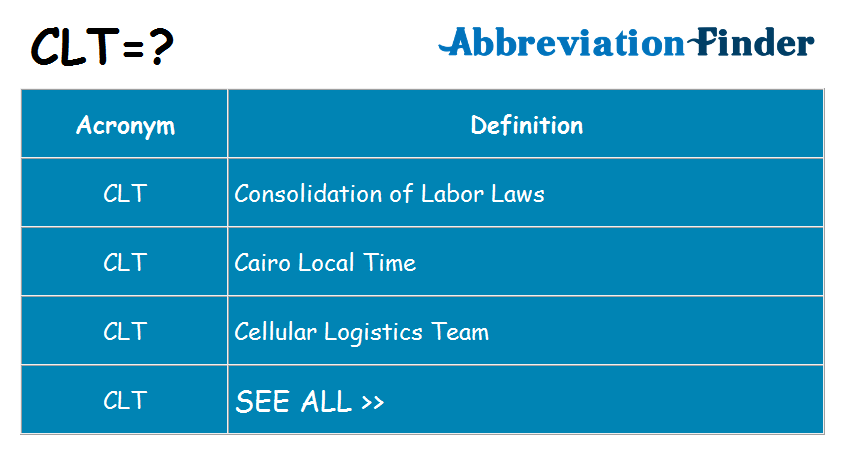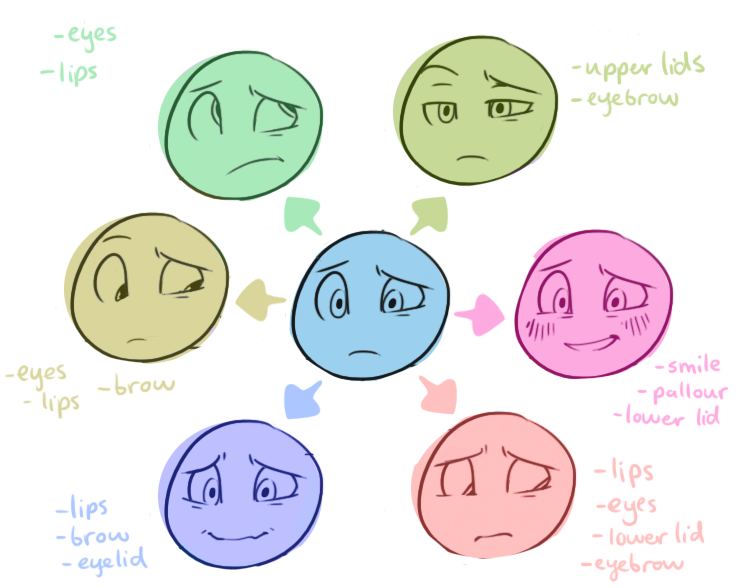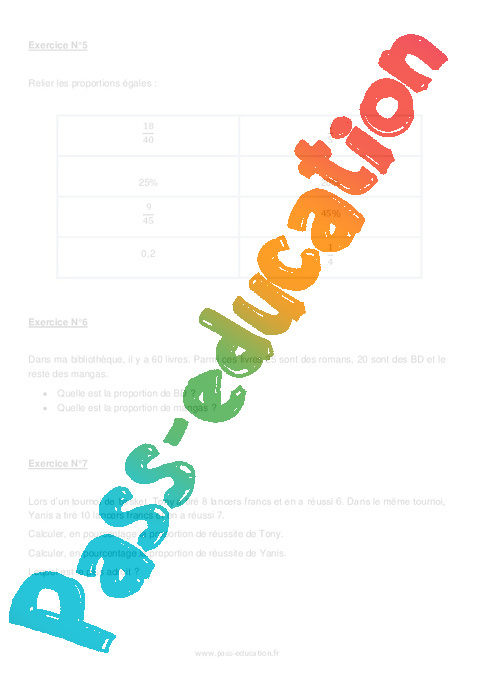Three research methods in psychology
5 Most Popular Research Methods in Psychology Experts Use
What are the research methods in psychology? The truth is there are many. But the main types of research methods used in psychology are quantitative and qualitative.
Quantitative research involves using data to:
- Make descriptions
- Predict outcomes
- Test an independent variable
And qualitative research uses qualitative data collection from:
- Speech
- Text
- Video
You use this quantitative and qualitative data to understand and interpret phenomena. This includes social or individual behaviors and beliefs. It can also mean conducting interviews or surveys.
In other words, quantitative research deals with numbers. And qualitative research relies on descriptions. Both have their strengths and limitations. But some groups believe quantitative research is better.
In psychology qualitative research is important. Quantitative measures lack nuance. They can’t measure the entire human experience. So, it’s important to note that both psychology research methods are crucial. You shouldn’t have one without the other!
But now, let’s get down to specifics. The two main types of research methods used in psychology are distinct research methods. Read on to discover the five most popular types of psychological research.
Case Study
Case study research methodology is a kind of qualitative method. Case studies include deep inquiry into:
- Communities
- Events
- Groups
- Individuals
They use a multi-method approach. This data collection method combines interviews and observations. Also, psychology case studies tend to focus on specific people.
First, they will collect biographical information from participants. Then, they will record important events in the participants’ lives. This research method discovers any maladaptive behaviors or beliefs in the participants.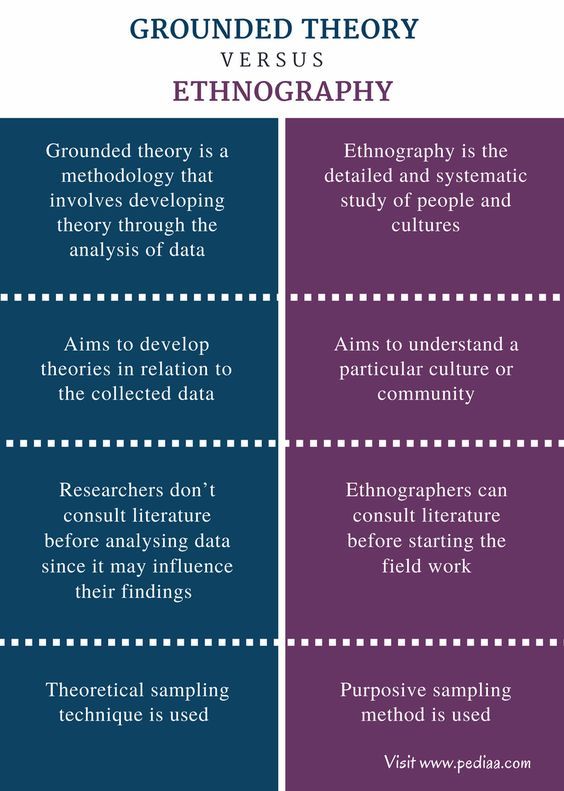
One notable case study practitioner is Sigmund Freud. He used case studies to:
- Assist patients with psychological ailments
- Diagnose patients
- Understand problems
But it’s important to note that Freud didn’t get everything right. Modern psychologists debunked much of his work. For instance, Freud’s theory of psychosexual development has no credibility. But he remains a well-known psychologist who used case studies as a research method.
How to Use Case Study Research Method
You conduct case studies by interviewing patients and observing them. You then describe the patient’s behavior. And you discuss events from the patient’s perspective.
The interviews should be casual. You want the person to feel relaxed. Casual relationships yield the best outcomes. And your observations come from watching the person in their everyday life.
Casual relationships are not causal relationships. The two have different meanings. A causal relationship exists when one variable has direct influence on another variable. Your future research depends on these variables. But in case study, your data sources include:
Your future research depends on these variables. But in case study, your data sources include:
- Journals
- Notes
- Photos
They do not include structured observation or data collected from research designs. You then check your data to find common interpretations.
Content Analysis
This psychology methodology includes text-based data. You use this data to identify meanings and themes. It can be both quantitative and qualitative.
For example, quantitative researchers can search for specific phrases. Then, they can add them for a final count. In this way, they turn the text into numerical data.
Qualitative context analysis searches for the meaning of texts. You do this by identifying themes in the data. This means coding and categorizing the text to understand it. Also, researchers use a technique called close reading.
Close Reading
Through the close reading research method, you turn text into coded units. This requires you to read the text many times. You read it until you reach data saturation. This means all the text must become code.
You read it until you reach data saturation. This means all the text must become code.
Close reading is inductive analysis. This is because you don’t test theories with close reading. Rather, you code the data to see if a theory emerges. This process is also known as conventional or formative analysis.
There is also directed analysis. It’s like formative analysis, but not the same. A directed approach is deductive. From the start, the researcher begins with a hypothesis. Then, they create coding units from there.
Next, you search for those types of code in the text. It’s like running the data through a filter. And the research and hypotheses are the filter. This is what we mean by thematic content analysis.
Summative Analysis
Once you finish the thematic analysis, you do a summative analysis. Here, you compare themes across different texts. Summative analysis is both quantitative and qualitative. It depends on how you use it.
It’s quantitative if you transform text to numbers.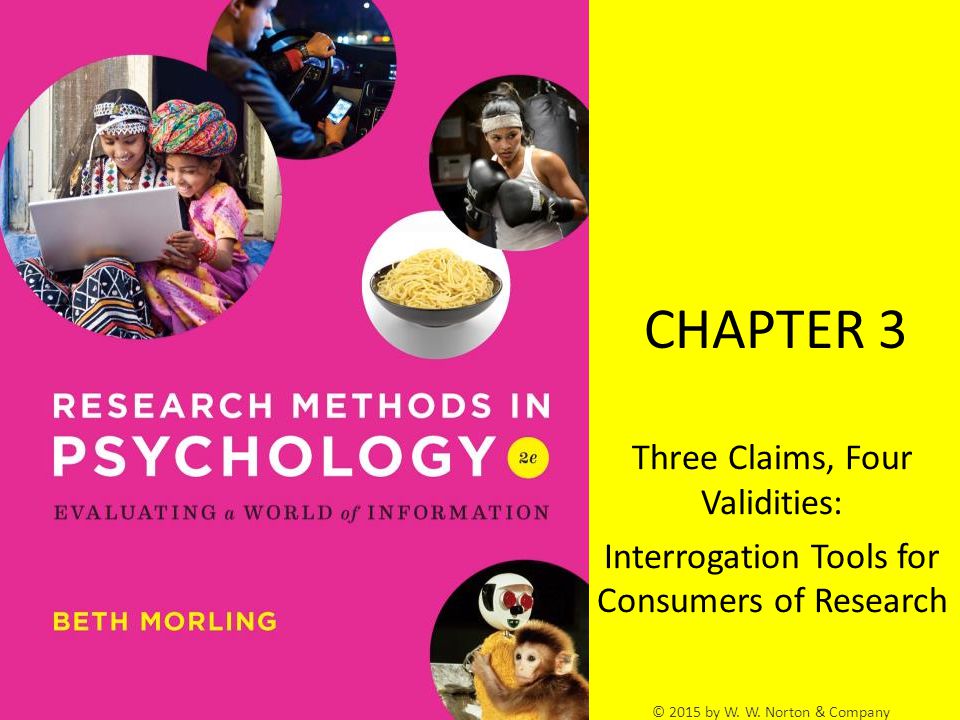 For instance, you might tally the total occurrences of certain phrases.
For instance, you might tally the total occurrences of certain phrases.
Researchers may also perform qualitative analysis. In this way, they search for meaning in the text. To do this, they might look at specific contexts while analyzing.
Ground Theory
Another methodology in psychology is the ground theory. Ground theory is an inductive style of analysis. In that way, it’s like summative analysis. And it’s popular among the types of research psychology experts use.
You use ground theory for theory development. And this method has been around for 50 years. Unlike summative analysis, ground theory is never quantitative. But it is deductive in nature. You use it to establish hypotheses through data collection and analysis.
Ground theory research is an involved process. Investigators must analyze literature and existing data. This will shape their current psychological research.
Also, during this phase, you might discover interesting things. That includes finding unique perspectives and alternate answers to your questions.
Like others in this category, ground theory happens during content analysis. It involves critical reviews of actors’ responses to codes or themes. This might take the form of a survey or interview. But whatever it is, it must follow specific stages.
Stages in Ground Theory
- Code
- Categories
- Concepts
- Theory
Coding
Coding is a tedious process. It places text into categories. It does this through line-by-line analysis. It names concepts and categories, then repeats the process.
Experts call this open coding in psychological research. And it allows you to gather the important bits of the quantitative data.
Categorizing
We’ve now established the codes. What next? The answer is organization. Researchers must put similar codes into groups.
Conceptualizing
Then, you must find meaning in these categories. The groups will help you generate a theory. To do this, you construct the categories around a central idea. This idea ties the concepts together.
This idea ties the concepts together.
Theorizing
Theorizing occurs in every step. But you use it most at the end of your research. The final step includes analyzing your work. This will lead to the development of a theory.
Experiment
There are many types of experiments in psychology. This is a broad kind of research. And it can be part of many other research methods in psychology.
We use the term “experiment” to describe a specific procedure. In science, experiments are a popular method of research.
There are many components of an experimental design:
- Consistency
- Control group
- Control of variables
- Showing cause and effect
Consistency of measurements is crucial. If you use different standards, replication becomes impossible. And the results are unreliable.
The control group is a person or group of people who researchers don’t manipulate. They serve as the base of the experiment. You compare all other groups to the control group.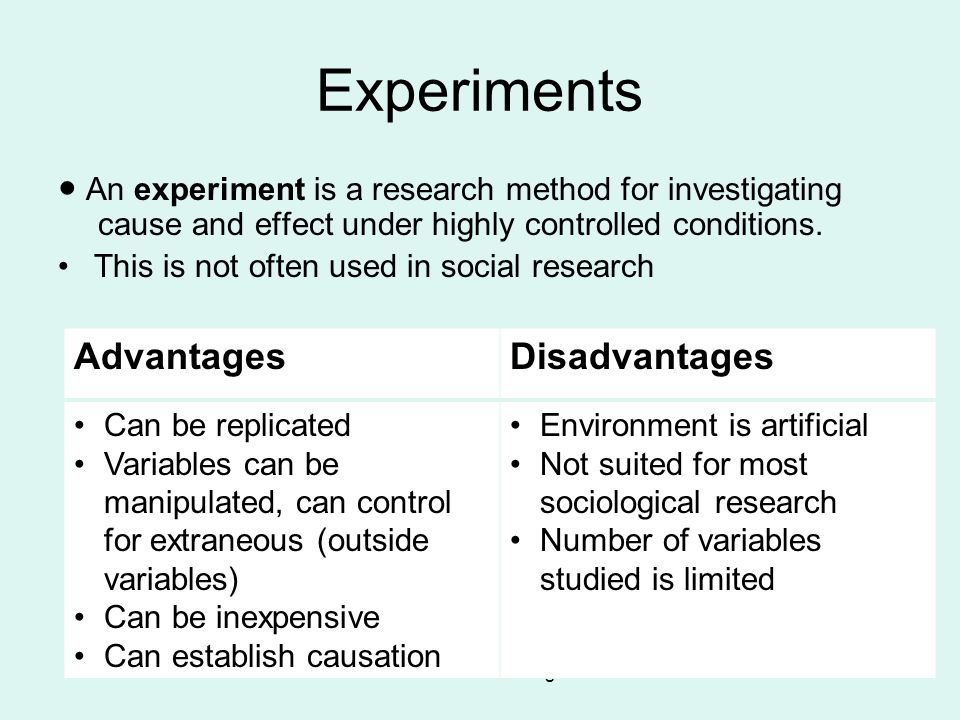
Next, you must control your variables. The experiment should not have any unnecessary data. This allows psychologists to repeat the experiment. Like consistency, control makes your experiment reliable.
The fourth principle is cause and effect. You must prove your experiment caused your results. In other words, nothing else led to your results. Your manipulations alone should be the cause of the effect.
You can apply these principles to all experiments.
3 Main Types of Experiments
- Field experiments
- Lab experiments
- Natural experiments
Lab experiments occur in controlled settings. They can take place in a scientific lab. But this is not a strict rule. Examples of lab experiments include:
- Human behavior studies
- Human development
- Sleep studies
Lab experiments have many strengths. They are easy to control and replicate. This makes them reliable. But they are not perfect.
Lab experiments lack natural settings. And the artificial setting can cause unnatural reactions. It might also cause psychological research bias.
And the artificial setting can cause unnatural reactions. It might also cause psychological research bias.
Observational Study
There are many types of studies in psychology. Observational studies are one type, and they’re qualitative. You can perform them in many ways. And this includes non-experimental means, too.
The main part of observational studies is (you guessed it) observing! In psychology, you observe behavior. The goal is to discover variables that affect behaviors in:
- Groups
- Individuals
- Social constructs
The psychological research is non-experimental because it happens in natural settings. This means there are no controls in the experimental research.
Observational research involves mixed methods. Mixed methods include qualitative data and quantitative techniques.
Naturalistic observation happens in the participant’s natural environment. For example, psychologists study mental health in the penal system. They observe people in jails and prisons for their research method.
They observe people in jails and prisons for their research method.
In some cases, the observation might happen in secret. This means the participant is unaware of the research. We call this disguised naturalistic observation. But be careful and remain ethical!
To perform disguised research using research ethics, you follow the guidance below.
Guidelines to Follow for Observational Study
- Individuals must remain anonymous
- Observations must happen in public contexts
- You must not expect private observations
But sometimes disguised observations aren’t possible. In this case, stick to undisguised research methods in psychology. They are effective, too. But undisguised studies do have their drawbacks.
Undisguised naturalistic observation can cause reactivity. Psychologists say reactivity occurs when patients are aware of the study. This causes their behavior to change and obscures the data. So, you might ask, how do you avoid this?
You can cut reactivity by conducting longer studies. Think of reality TV shows. The participants start on their best behaviors. Then, they grow accustomed to the cameras. And their behavior becomes more natural.
Think of reality TV shows. The participants start on their best behaviors. Then, they grow accustomed to the cameras. And their behavior becomes more natural.
Participant observation is different for naturalistic studies. The goals are the same. But the researcher will engage with the participants. This is because you can’t collect some data without the researcher’s influence.
Participant observation also includes a disguised method. For example, psychologists have infiltrated extremist groups before. They do this to study extremist people and collect data. And to succeed, they must go undercover.
One of the main benefits of disguise is the researcher’s position. Undercover researchers are in the perfect place for experimenting. They can further understand the people by living amongst them.
But there are criticisms of this method. One is that active researchers might impact group dynamics. Also, the researcher could develop relationships with participants. This would lead to biases in the study.
Survey Method
Now for the last of the types of research methods in psychology. The survey research method. This research method can be qualitative research or quantitative research. And scientists of all types use it, not only psychologists.
In this study, researchers send participants surveys. This is a series of questions that ask for participants’ self-reported:
- Actions
- Feelings
- Thoughts
Surveys measure how certain variables impact them.
The most important aspect of surveys is the sampling method. Most researchers prefer large and random samples. They randomly assign participants. This can assure a more accurate representation of their population.
Surveys can vary. They can be long or short. And you can conduct them over many communication channels.
Communication Channels for Survey Data Collection Studies
- In person
- Telephone
- The internet
- Video chat
You can use this data for quantitative or qualitative reasons. Your scientific method depends on the purpose and design of your research.
Your scientific method depends on the purpose and design of your research.
Surveys of all types are popular in social science. They are one of the top research methods in psychology. In general, they document the prevalence of social problems like:
- Gender inequality
- Poverty
- Racism
Healthcare providers also use surveys as a research study. Sure, they seek professional medical advice from experts, but they also use different research designs. As do mental health experts, psychologists, public health professionals, and academics. In healthcare, they measure the prevalence of mental health issues, and they research processes and causes of:
- Anxiety
- Depression
- Substance abuse
Like some qualitative and quantitative methods, survey research study has pros and cons. Its strengths are large data collection and low cost. But it also has the potential for researcher bias and poor sampling.
Other Types of Research Methods Used in Psychology
- Correlational research
- Dependent variable
- Independent variable
- Experimental task design
- Positive correlation (also correlational research)
- Structured observation
- Random sampling in experimental design
- Statistical estimation
Final Thoughts
The above five research methods provide a glance at different psychology research methods. In reality, they are more complicated. They contain more detail in size and scope than presented here. But our overview highlights how different and rigorous research can be.
In reality, they are more complicated. They contain more detail in size and scope than presented here. But our overview highlights how different and rigorous research can be.
There are many other methods not listed here. But most fall into the above five categories.
Research occurs at all levels of academia and other settings. Master’s and Ph.D. students learn research skills while preparing for careers.
And the subjects they study vary. They may research biology, data science, visual media, or literature. Their future research and sampling methods are broad. And you can apply them to all forms of study.
In general, research methods aren’t flawless. But they proved rigorous and robust over time. And they’ve produced great findings in psychology.
All methods attempt to understand the human mind. We wish to know how it functions and impacts behavior. And we have yet to do so. But the above methods will push us closer to that goal.
Related Resources:
5 Career Options with a Bachelor’s in Psychology
5 Careers in Sociology That You Can Feel Good About
30 Best Bachelor’s in Psychology Degrees Online: Small Colleges
Top 10 Best Majors for Indecisive Students
Ultimate Guide to Psychology and Counseling Degrees and Careers
BDP Staff
October 2022
This concludes our article on the various research methods in psychology.
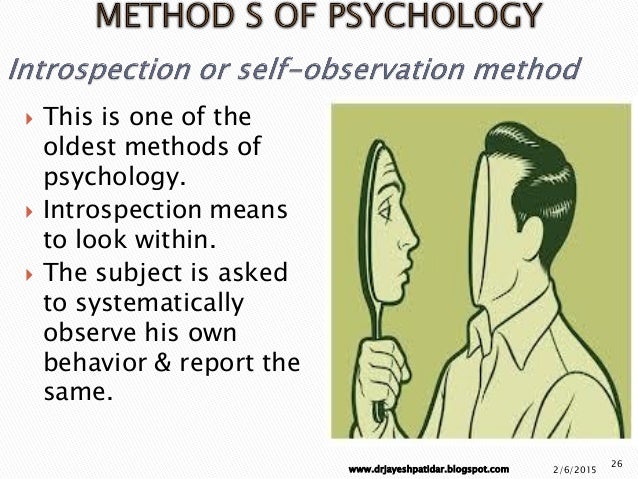
1.5. Research Methods in Psychology – Wachemo University e-Learning Platform
At the beginning of this chapter, we said that psychology is the scientific study of behavior and mental processes. This means, in psychology, researchers want to see only what is there, not what their biases might want them to see. The way to do that is by using the scientific method (a system for reducing bias and error in the measurement of data).
- Scientific method – a process of testing ideas through systematic observations, experimentation, and statistical analysis.
- Theory – is an integrated set principles about observed facts intended to describe and explain some aspects of the experience.
- Hypotheses – is a tentative proposition about the relationship between two or more variables or phenomena. E.g. Males have high self – confidence in making decisions than females.
- Major types of research methods
In psychology, there are three major types of research methods: descriptive, correlation and experimental research methods.
Descriptive research – is descriptive because the researcher simply records what she/he has systematically observed. Descriptive research methods include naturalistic observation, case studies, and surveys.
- Naturalistic observation: is a descriptive research method in which subjects are observed in their natural environment naturalistic observation allows researchers to get a realistic picture of how behavior occurs because they are watching that behavior which is not artificial. Limitations of naturalistic observation are observer effect (animals or people who know they are being watched will not behave normally) and observer bias (the researcher may not observe systematically or he/she may observe behaviors he/she wants to observe and ignores others).
- Case study: is a descriptive technique in which an individual is studied in great detail. Its advantage is that the tremendous amount of detail it provides.
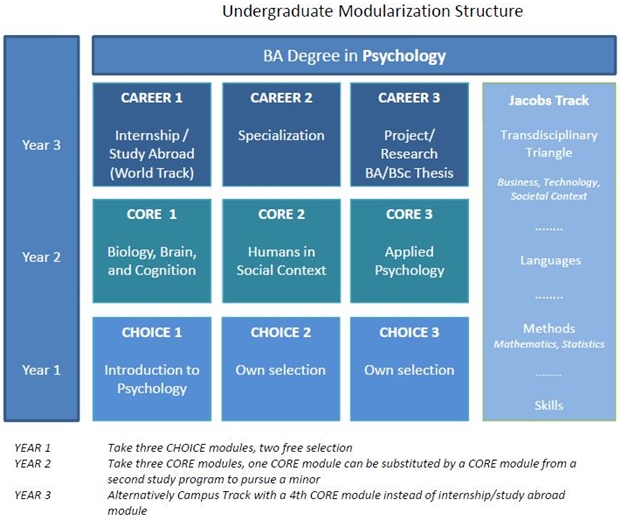 The disadvantage of the case study is that the researchers can’t apply the results to other similar people, which means what researchers find in one case won’t necessarily apply or generalize to others.
The disadvantage of the case study is that the researchers can’t apply the results to other similar people, which means what researchers find in one case won’t necessarily apply or generalize to others.
- Case study: is a descriptive technique in which an individual is studied in great detail. Its advantage is that the tremendous amount of detail it provides.
Survey: is a descriptive research method used to collect a huge amount of data on a very large group of people. It is useful to get information on private (covert) behaviors and it addresses hundreds of people with the same questions at the same time. Its
- disadvantage is that it needs a careful selection of a representative sample of the actual population.
Correlation research – is a research method that measures the relationship between two or more variables. A variable is anything that can change or vary –scores on a test, the temperature in a room, gender, and so on. For example, a researcher might be curious to know whether or not cigarette smoking is connected to life expectancy.
The correlation result of the research is expressed in terms of magnitude and direction.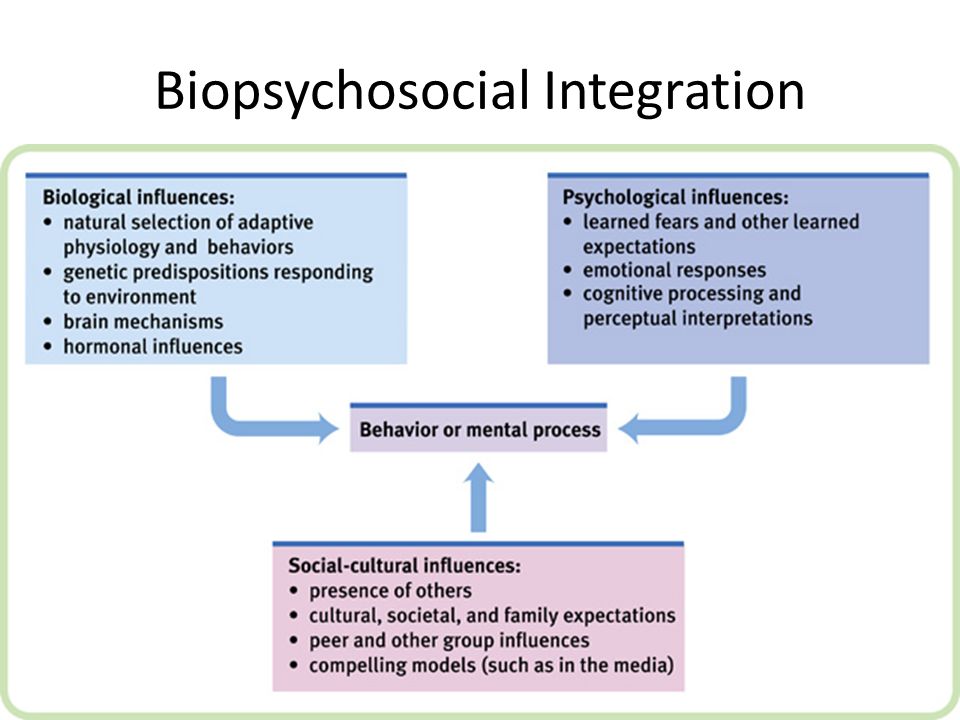 For instance, if the correlation result of the research is to be +0.5, its magnitude (strength) is 0.5 and it shows a positive relationship between the variables. That means when one variable increases the second also increases and Vice Versa. The strength of the relationship between variables always ranges from +1.00 and -1.00.
For instance, if the correlation result of the research is to be +0.5, its magnitude (strength) is 0.5 and it shows a positive relationship between the variables. That means when one variable increases the second also increases and Vice Versa. The strength of the relationship between variables always ranges from +1.00 and -1.00.
Though correlation tells researchers if there is a relationship between variables, how strong the relationship is, and in what direction the relationship goes, it doesn’t prove causation (which means it doesn’t show the cause and effect relationship).
Experimental Research: it is a research method that will allow researchers to determine the cause and effect relationship between variables. In experimental research, a carefully regulated procedure in which one or more factors believed to influence the behavior being studied are manipulated and all other factors are held constant. Experiments involve at least one independent variable and one dependent variable.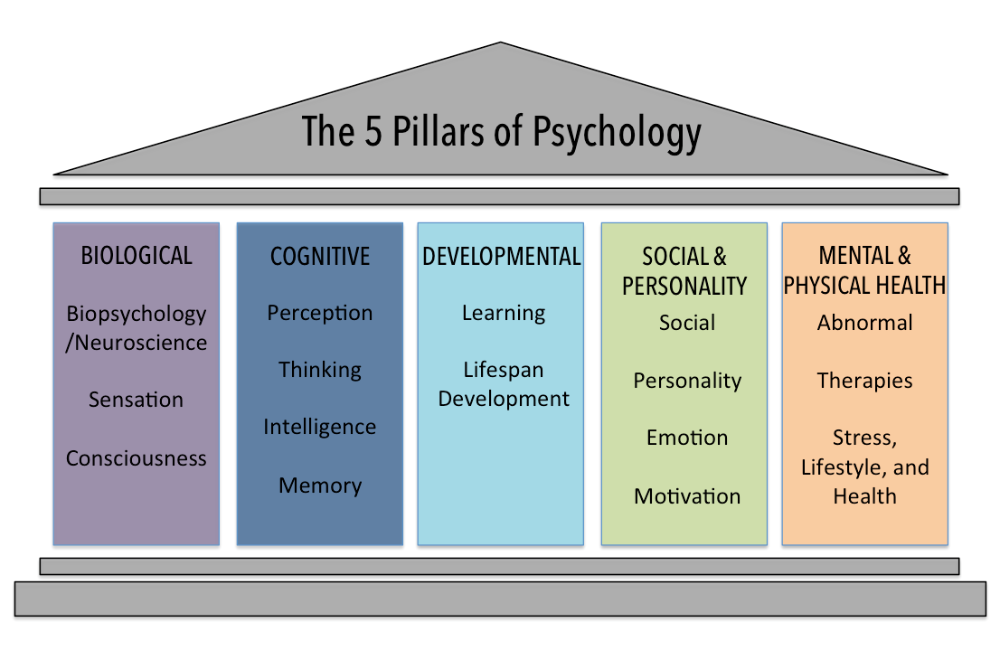 The independent variable is the manipulated, influential, experimental factor. The dependent variable is the factor (behavior) that is measured in an experiment. It can change as the independent variable is manipulated.
The independent variable is the manipulated, influential, experimental factor. The dependent variable is the factor (behavior) that is measured in an experiment. It can change as the independent variable is manipulated.
For example, a researcher might need to know whether or not class size has an effect on students’ academic performance and hypothesized as “do students in small class size have better academic performance than students in large class size?” In this question, the researcher has two variables: class size, which is the independent variable which is going to be manipulated and students’ performance which is the dependent variable that will be measured while class size is changed.
Experiments also involve randomly assigned experimental groups and control groups. An experimental group is a group whose experience is manipulated. In our example, the experimental group is students who are assigned in small class sizes. A control group is a comparison that is treated in every way like the experimental group except for the manipulated factor (class size). The control group serves as a baseline against which the effects of the manipulated condition can be compared. In this example, the control group is the group of students who are assigned in large class sizes.
A control group is a comparison that is treated in every way like the experimental group except for the manipulated factor (class size). The control group serves as a baseline against which the effects of the manipulated condition can be compared. In this example, the control group is the group of students who are assigned in large class sizes.
Although experimental research is powerful to discover behavior’s causes, such research must be done cautiously with safeguards because expectations and biases on the part of both the researcher and participants can affect the results.
- Steps of scientific research
Did you try? Fantastic! In scientific research, there are five steps to be followed.
Step one – Perceiving the Problem – noticing something attention catching in the surrounding for which one would like to have an explanation. For example, you may notice that children seem to get a little more aggressive with each other after watching practically violent children’s cartoon videos.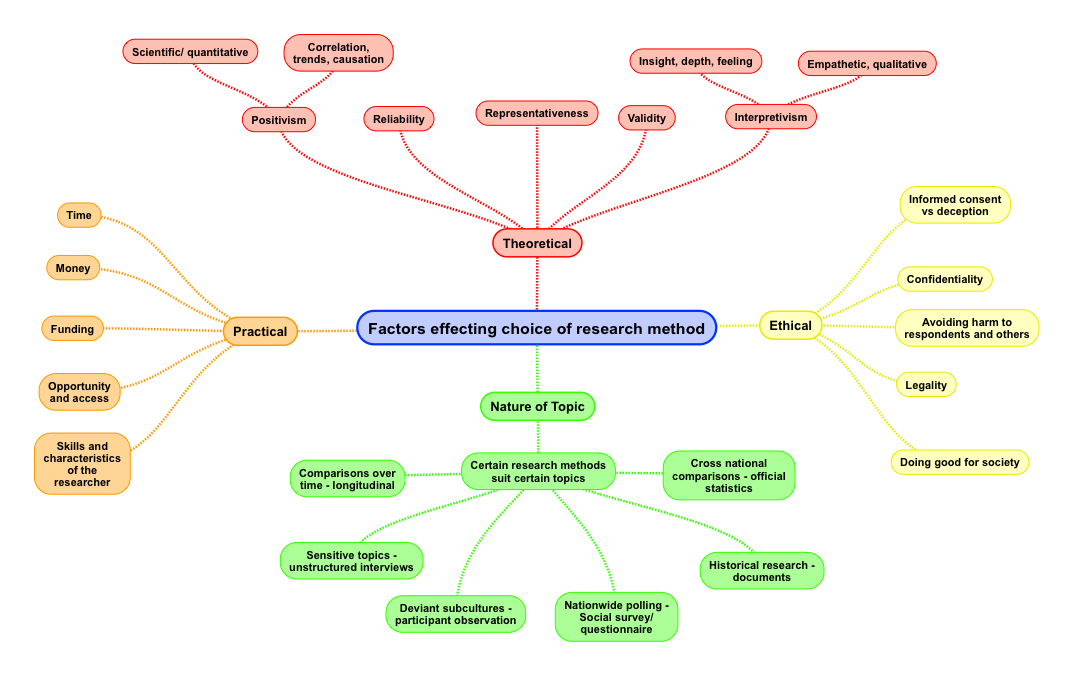 You wonder if the violence in the cartoon video could be creating aggressive behavior on the children. Hence, you may raise a research problem focusing on the effect of aggressive videos on children’s behavior.
You wonder if the violence in the cartoon video could be creating aggressive behavior on the children. Hence, you may raise a research problem focusing on the effect of aggressive videos on children’s behavior.
Step two – Forming Hypothesis – after having an observation on surroundings (perceiving the problem), you might form an educated guess about the explanation for your observations, putting it into the form of a statement that can be tasted in some way. For our example above, you might formulate a hypothesis “children who watch violent cartoons will become more aggressive”.
Step three – Testing the Hypothesis – at this step, the researcher employs appropriate research methodology and collects ample data (information) to accept or reject the proposed statement. For instance, in the above example, the data will be gathered from children who watch aggressive videos and from those who do not watch aggressive videos and make comparisons between the behaviors of the two groups whether watching aggressive video makes children more aggressive.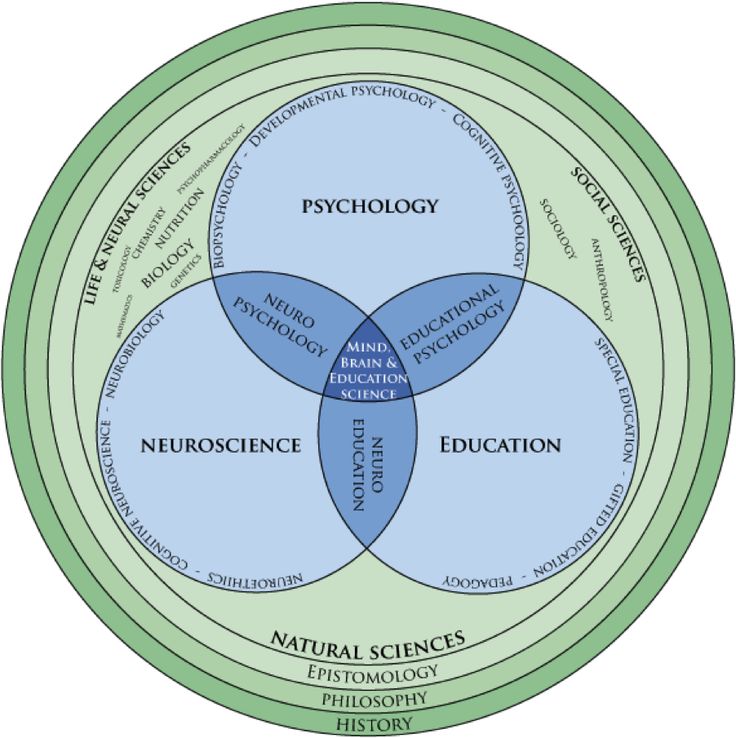 .
.
Step four – Drawing Conclusions – this is the step at which the justification for the result is presented. Once the hypothesis is tested it will be found that the hypothesis was either supported or was not supported by the data gathered.
Step five – Reporting the Result – at this point, the researcher would want to write up exactly what she/he did, why she/he did, and what she/he found. So that, others can learn from what she/he has already accomplished, or failed to accomplish. This allows others to predict and modify behavior based on the findings.
Research methods in psychology: classification, characteristics
Psychology, like any other science, has its own research methods. It is they who must be used by students in term papers and dissertations.
What research methods are used in psychology? We will talk about this in detail in the article. Read on and you will get acquainted with the main research methods in psychology and their characteristics.
Want to be the first to receive useful materials? Don't forget to subscribe to our information channel in Telegram. And stay tuned for current promotions and discounts from the company.
Need help?
Entrust your work to a PhD!
Methods of psychological research: what is it
Before proceeding to the classification of methods of psychological research, let's see what they are and what criteria they must meet.
Methods of psychological research in psychology are methods and means that allow students or scientists to obtain factual data and reliable indicators. And on their basis, put forward theories, look for real evidence and develop effective practical recommendations.
Methods of psychological research must meet the following requirements:
- Objectivity - this means that the methods used in the study of mental phenomena must take into account the objective nature of the human psyche.

- Validity - this indicator indicates that the chosen methodology is justified and can be applied in real conditions.
- Reliability - means that the methods of psychological research used give the same results even with repeated repetition.
These are the requirements that official science imposes on all methods of research, including psychological research.
In higher educational institutions of psychology, students write term papers and theses, each of which must contain its own methodological base. To create it, you need to understand what research methods are used in psychology.
Classification of research methods in psychology
Modern psychological science uses many methods to classify research methods. We will consider one of the most popular, which includes four large groups:
- organizational methods;
- empirical methods;
- methods for processing data;
- interpretive methods.
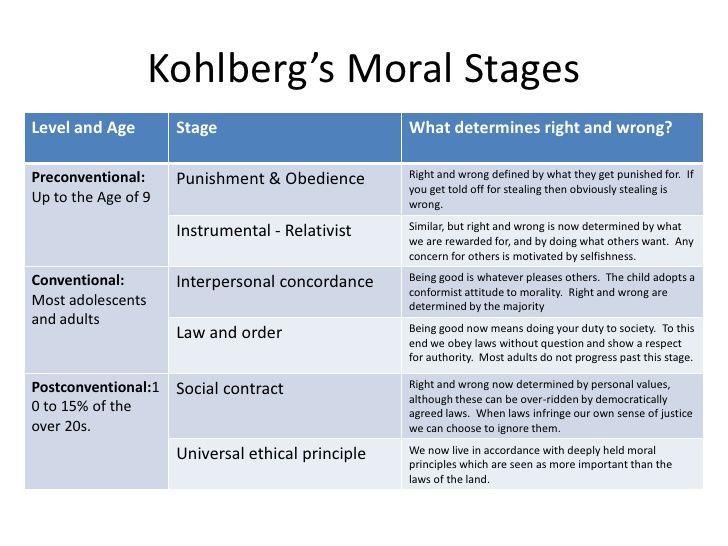
Methods of psychological research: table
Before briefly understanding the individual research methods in psychology, let's see which methodologies are included in individual groups. To do this, we have compiled an understandable table of research methods in psychology:
| Organizational methods | Empirical methods | Quantitative and qualitative methods | Interpretation methods |
| comparative; | observational: observation and self-observation; | statistical analysis; | genetic; |
| longitudinal; | psychological experiment; | qualitative analysis. | structural: typology and classification. |
| complex. | psychodiagnostic: testing, questioning, conversation and so on; | ||
| praxis; | |||
| psychological modeling; | |||
biographical.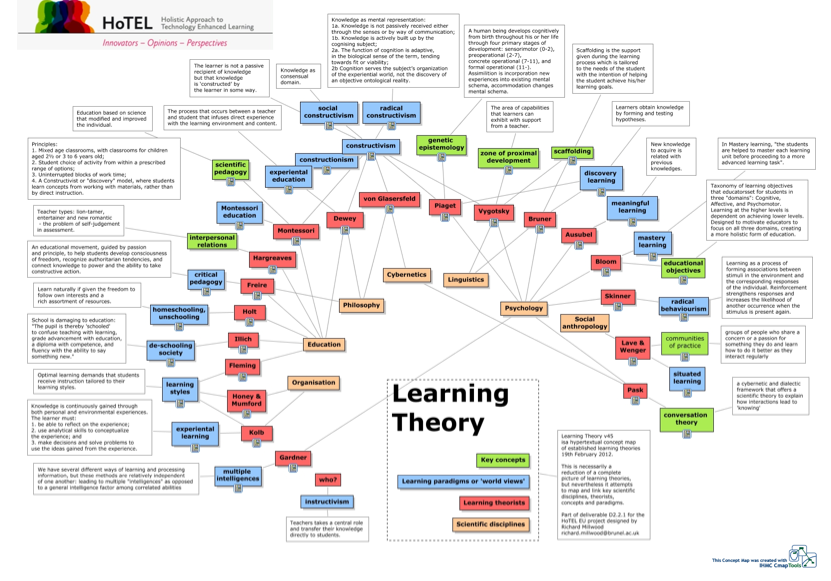 |
By the way! For our readers there is now a 10% discount on any kind of work.
Scientific research uses different methods from each group. Their application depends on the goals and objectives and on certain stages of work on a course or diploma project. You can also use several methods of the same group. This helps to consider the subject of study from different angles and draw more informed conclusions.
Basic methods of psychological research: description and examples
It's time to understand what the methodologies from each group are, to characterize these methods of psychological research and give understandable examples of use.
Organizational research methods in psychology
Organizational methods are those methods that determine the form of scientific research in psychology. They belong to the general scientific and answer the question: how exactly will the study of psychological problems be carried out?
Comparative method
These are all methodologies based on the comparison of different groups of people or psychological phenomena. They can be compared according to different indicators:
- development of people at different age stages;
- ability to cope with difficulties;
- reactions to certain circumstances and so on.
The comparative method is also called the cross section method. This means that it is applied one-time to get indicators that are specific to the moment. Such methods are more often used for socio-psychological research of a person and large groups.
Example: comparing the psychological stability of men and women in stressful situations.
Longitudinal method
In contrast to the comparative method, the longitudinal method assumes a certain duration in time. Most often, such techniques are used to study personality in psychology in order to see dynamic changes.
The main difficulty of this methodology is to organize continuous monitoring of the object, which will last for several years. Questions also arise with the purity of the experiment - too many factors can affect the final result.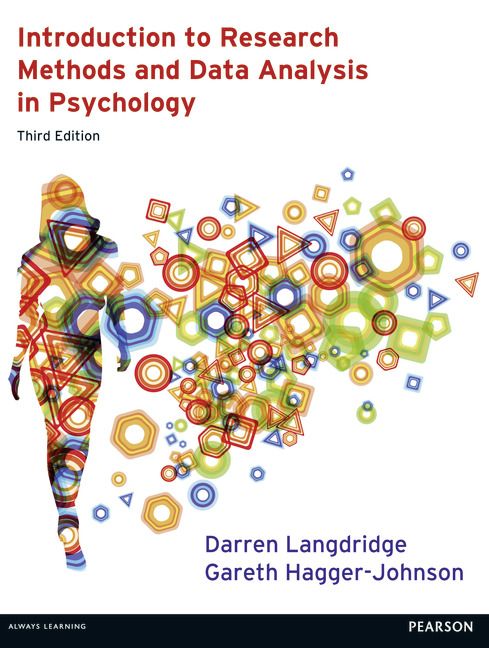
Example: the role of school education in the upbringing of children
The longest psychological experiment lasted 75 years! Scientists at Harvard University during this time observed a group of 724 people, which included both people from wealthy families and residents from disadvantaged areas. The purpose of the study is to understand what determines health and happiness. The conclusion turned out to be unexpected - the most important stimulus in life is close relationships with others.
Complex method
This is an interdisciplinary research method that helps to study a person and his psychological characteristics from different angles. For example, with psychological and biological.
Example: moral development and choice of value orientations in adolescence and youth.
Empirical research methods in psychology
Empirical research methods are direct practical methods by which the desired psychological indicators are obtained.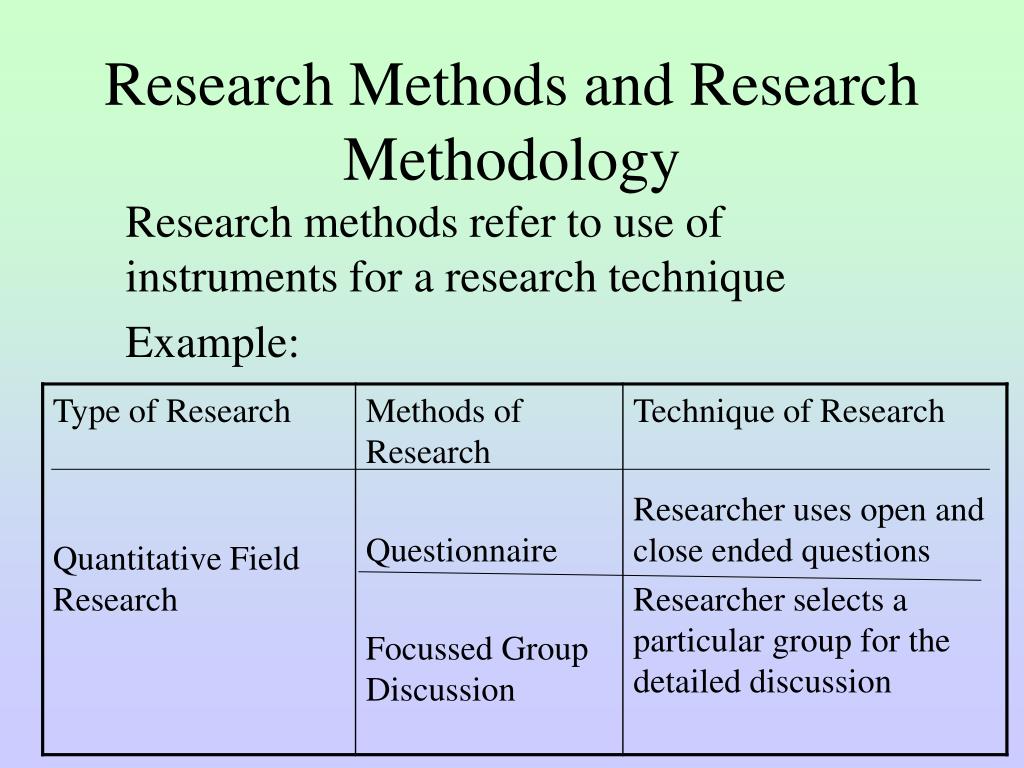 They answer the question: what tool to use for research?
They answer the question: what tool to use for research?
There are quite a few of them, so let's look at those that are most often found in course and diploma papers in psychology.
Observation is one of the main methods of research in psychologyObservational methods
Observation is the main method of psychological research. It is considered one of the most ancient. Observation as a methodology is used in almost all scientific papers. However, not independently, but in conjunction with other empirical methods. This is because pure observation is not very objective.
In order to reduce the level of errors, certain criteria are usually established within which the observation is carried out.
Example: observing the behavior of adolescents in a new team.
In addition to classical observation, the self-observation method is used. It allows you to track your own reactions to external stimuli and increase the level of control.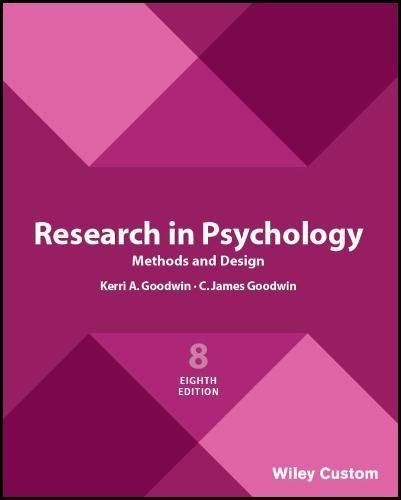
Method of psychological experiment
Method of psychological experiment is one of the main methods of psychological research. This is an experiment in which the experimenter creates certain conditions and checks how the subjects will react.
There are several types of experiments:
- laboratory - the conditions are completely controlled by the researcher;
- natural - the study is carried out under normal conditions;
- explicit - participants know that they are participating in the experiment;
- hidden - participants do not realize that they are participating in the experience.
Example: As an example, we can cite the famous “Third Wave” experiment, which was conducted by an American teacher in a regular school. He showed how obedient students can turn into real fascists in a week.
Psychodiagnostic methods
Psychodiagnostic methods are psychological research methods aimed at diagnosing the psychological characteristics of a person and individual groups.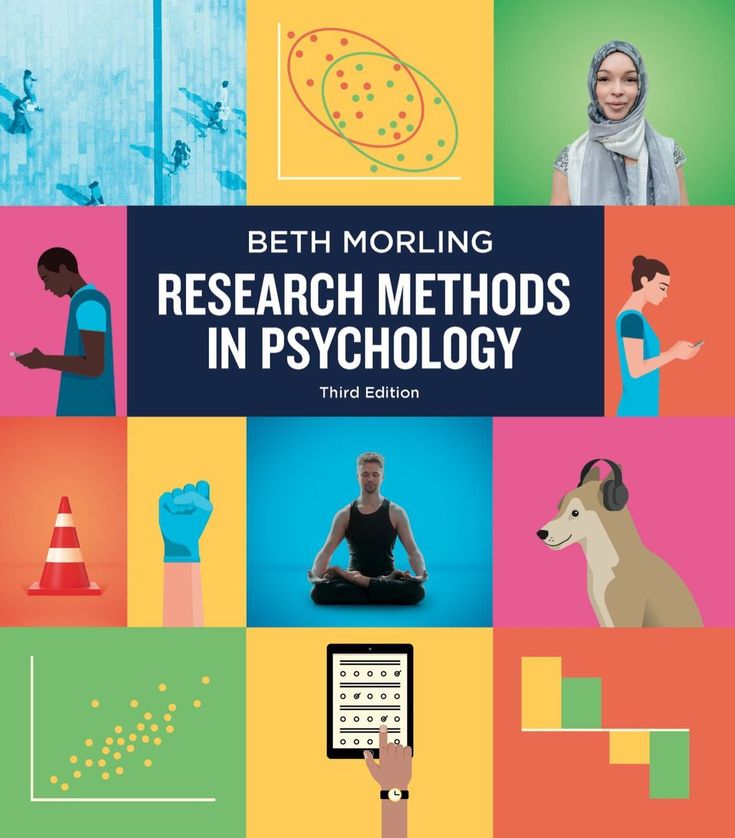
There are many varieties of psychodiagnostic methods:
- psychological testing;
- questioning;
- surveys;
- interviews;
- conversation;
- projective techniques.
Example: Various occupational tests that help determine people's professional inclinations.
Projective techniques are based on the projection method, when a person unconsciously transfers his own fears, values and desires to the surrounding objects. A striking example of this technique is Rorscharch inkblots.
Praximetric method
This is a method that is used to analyze the processes and results (products) of activities and draw conclusions based on this analysis.
This method is most often used in working with children of preschool and school age, examining their drawings or plasticine crafts.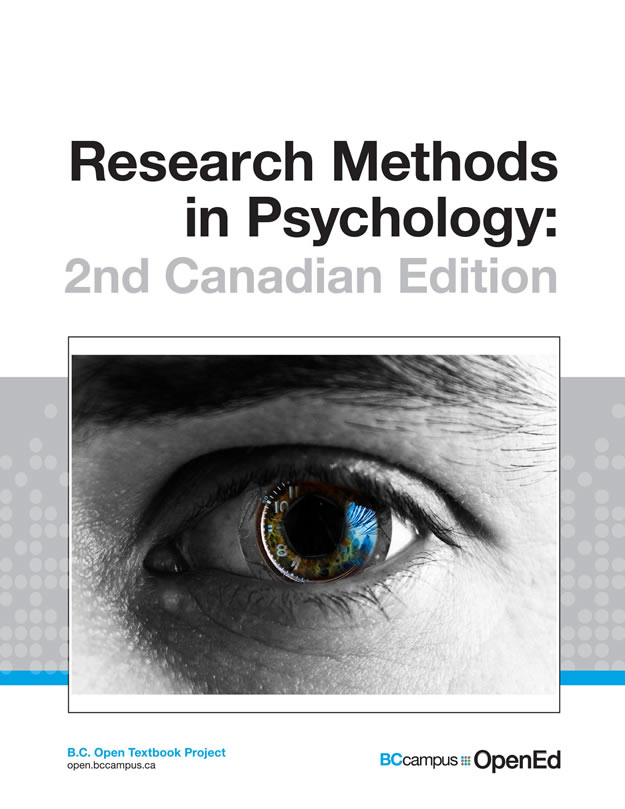 They are also used in historical experiments, studying the life and culture of ancient people.
They are also used in historical experiments, studying the life and culture of ancient people.
Example: study of the psychological state and self-esteem of children from drawings of a tree or a house.
Method of psychological modeling
When the object is not available for direct study, then the method of modeling is used. In psychology, it is also used when it is necessary to build a psychological model and explore its qualities.
The modeling method is used in works devoted to NLP. There they not only “remove” the behavioral patterns of successful people, but also teach them to others so that they achieve their goals faster.
Neuro-Linguistic Psychology, or NLP, is one of the psychological areas, the methods of which help a person to reveal his personality, improve communication skills, expand the boundaries of thinking and develop more successful programs.
Example: study the behavior of the best speakers, highlight the main characteristics and describe the psychological model of a successful speech.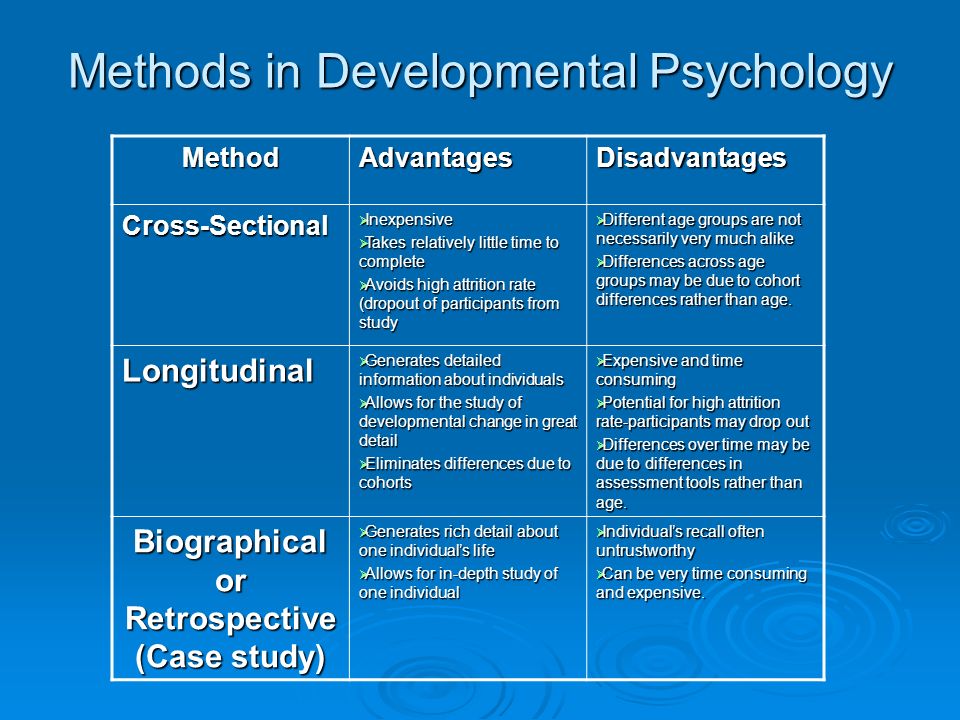
Biographical method
Another experimental method that deserves attention is the biographical one. It is based on the study of a person's life path, key situations that influenced his personality and development. Such diagnostics helps to correct human behavior, develop new reactions and improve life.
Example: the development of psychosomatic reactions in girls who were sexually abused in childhood.
This method can be used to study the psychological portrait of great people from different eras. For this, diary entries, memoirs, letters and other archival information are used.
Quantitative and qualitative methods of research in psychology
To organize psychological research, use organizational methods to conduct - empirical. And for data processing - methods of quantitative and qualitative analysis. Let's talk about the most common.
Statistical analysis method
The statistical or quantitative analysis method allows you to collect statistical data obtained during the study.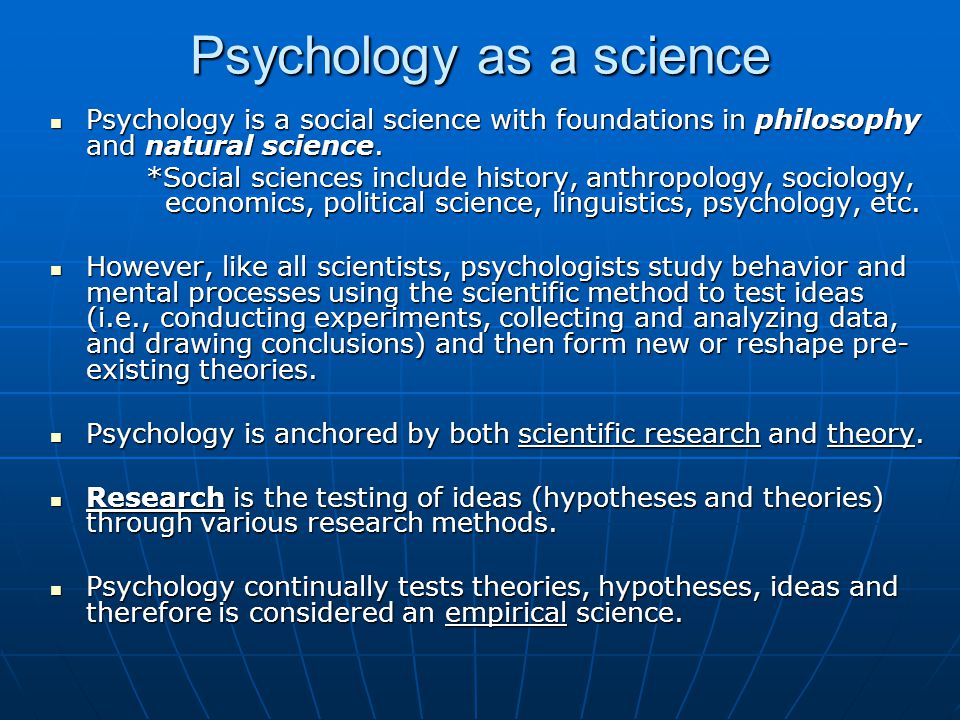 On their basis, larger-scale phenomena are studied.
On their basis, larger-scale phenomena are studied.
Example: general statistics of people suffering from psycho-emotional disorders.
Qualitative analysis method
Unlike quantitative analysis, quantitative analysis does not count data. With its help, the obtained indicators are described, based on the necessary psychological characteristics. This analysis enhances the reliability of the study.
Example: the level of severity of psycho-emotional disorders with which people most often turn to psychologists.
Interpretive methods in psychology
And the last methods of psychological research, which no work can do without, are interpretative. This is the methodology on the basis of which conclusions will be drawn on the studied project.
Competently interpreting data is an important stage of workGenetic method
The genetic method involves a linear study of materials that will be based on time periods or important life stages of people.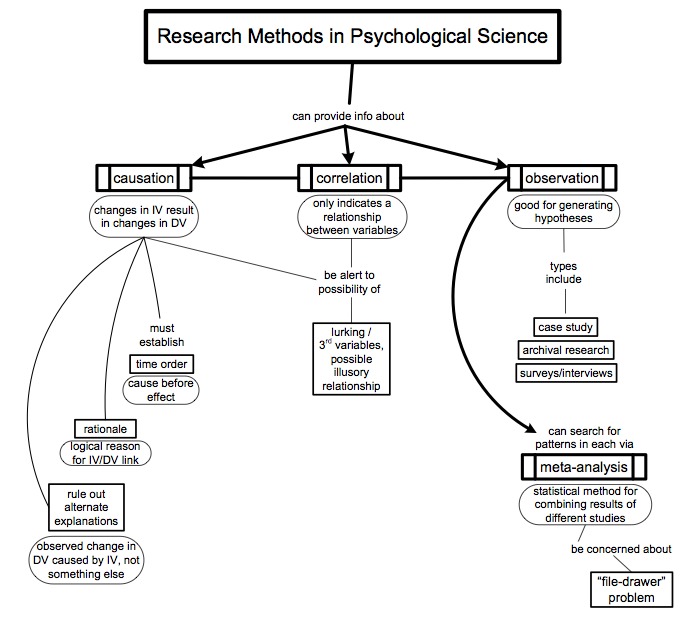 It is often used in longitudinal studies.
It is often used in longitudinal studies.
Structural methods
Structural methods focus on looking for unifying features, identifying common ground and systematizing. There are several varieties of such methods:
- typology;
- classification.
They are often used as the main methods of socio-psychological research of groups and communities.
Look at examples of work and make sure that we will help you honestly!
This is an impressive list. But now you know what methods to use to organize and conduct scientific research, as well as process and draw the right conclusions. And if you don’t have time to write a term paper or a diploma in psychology on your own, contact our student service.
Basic methods of psychology
- Material Information
- Psychodiagnostics
- Views: 62445
- Previous article Involving active questions
- Next article Professional psychological methods: MMPI, Szondi, Leary
Set font
- Size
- Style
- Reading mode
Psychology is a science that studies a person, his mental properties and behavior in various situations.
In psychology, there are several basic methods of human research that help a specialist to correctly assess the psychological state and draw appropriate conclusions:
- Observation;
- Experiment;
In addition, auxiliary methods are used in the study of human psychology, including:
- Interview with the patient;
- Testing;
- Study of the patient's background;
- Poll.
Consider in more detail http://www.psychologies.ru/ the main methods of psychology:
- Observation
The most common and effective method. It consists in the collection and study of scientific facts obtained by observing human behavior. In simple terms, a specialist contemplates a person without interfering with the situation. A distinction is made between short-term observation (according to the cross-sectional method) and long-term (longitudinal) observation.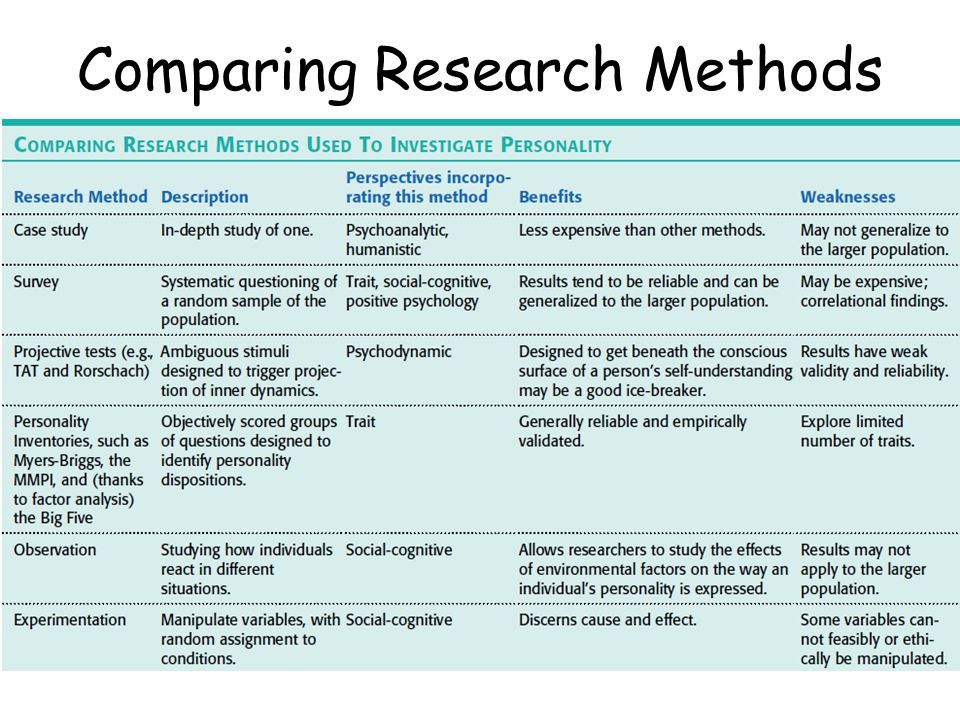 In this case, the psychologist can be in the role of a passive observer (according to the detached observation method) or actively participate in the life of the person being studied (according to the included observation method) or a group of people. This method is often used in preschool and educational institutions to study the behavior of children in a team (general observation). There is also selective observation, when only certain members of the team become the subject of study. The method of observation allows you to study the human psyche in different conditions and life situations (during play or work).
In this case, the psychologist can be in the role of a passive observer (according to the detached observation method) or actively participate in the life of the person being studied (according to the included observation method) or a group of people. This method is often used in preschool and educational institutions to study the behavior of children in a team (general observation). There is also selective observation, when only certain members of the team become the subject of study. The method of observation allows you to study the human psyche in different conditions and life situations (during play or work). - Features of observation
This method is used in situations where the researcher does not interfere in the process by observing the object of interest from the side. This allows you to get a more complete psychological picture of the person being studied. In practice, it is usually used under the condition that the object of interest is not aware of the presence of the observer, this allows the study of human behavior in natural conditions.
- Experiment
It is a more effective method of the human psyche, it gives more information and an extended picture of behavior in certain conditions. It consists in the fact that the specialist creates certain conditions that allow the subject of research to better express itself.
There are several varieties of the method:
- Laboratory - the study is carried out in the conditions of psychological laboratories equipped with special equipment. The disadvantage of this method is that the subject knows about the experiment, which can cause tension in behavior and reactions to external stimuli that are not characteristic of him;
- Natural - the study takes place in natural conditions for the study, while he should not know about the experiment. This allows you to see the behavior of a person in a familiar, calm environment. The natural research method is more effective and informative than the laboratory one. Quite often, psychologists practice speaking in front of a group of people while observing their reactions.
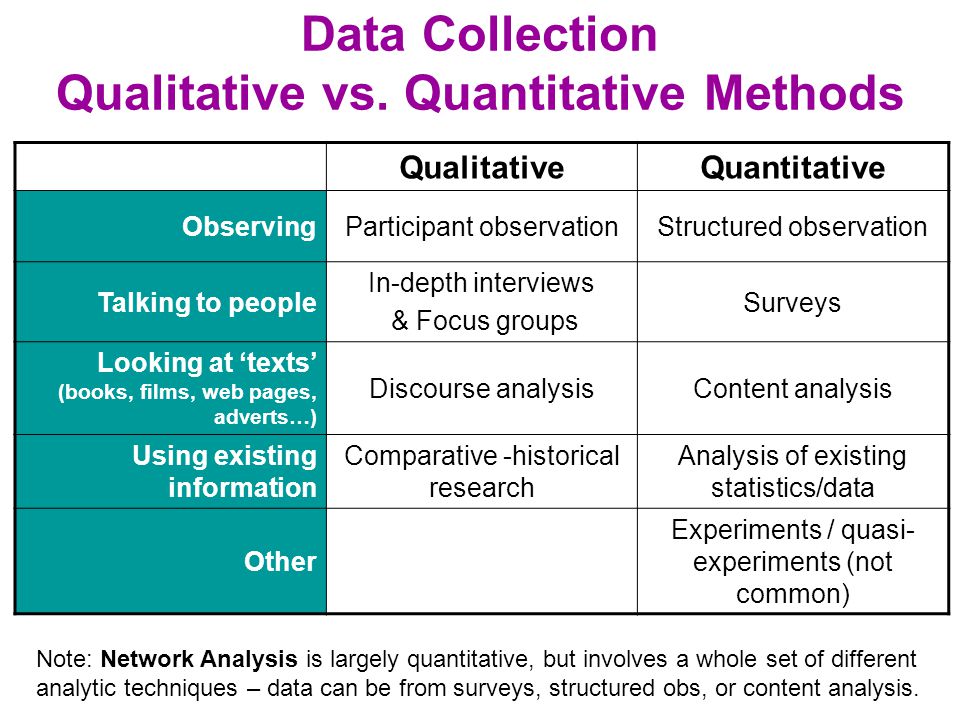
Learn more







